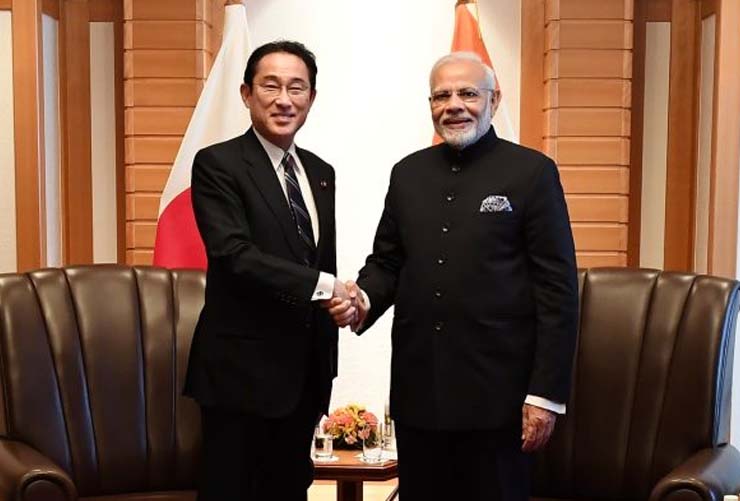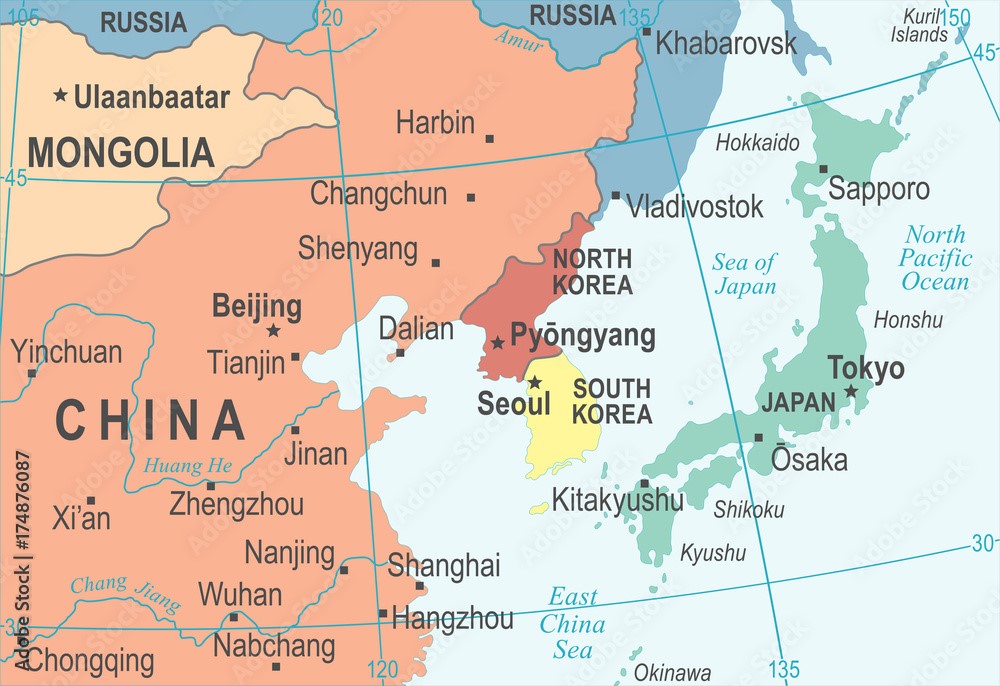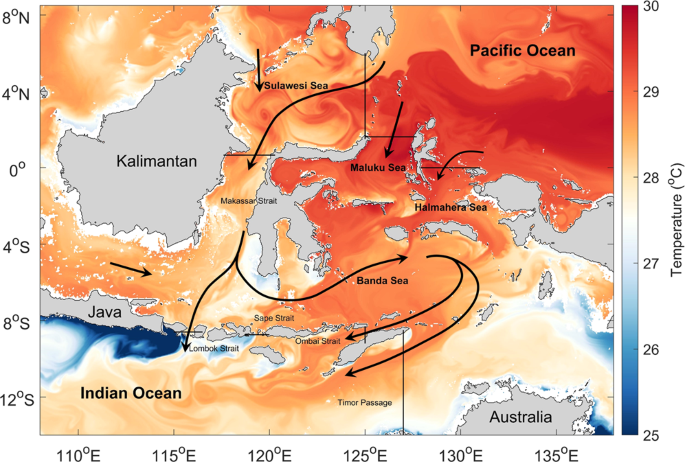
In geopolitics, it’s the convergence of interests, shared vision, and mutual respect that fosters strong international partnerships. The foundation of the robust relationship between Japan and India rests upon these essential principles. In today’s global landscape, the Indo-Pacific region has taken the centre stage, attracting worldwide attention. Within this dynamic arena, India and Japan stand at the forefront, actively working to preserve stability and security.
India and Japan align in their outlook on regional security, economic prosperity, and strategic concerns. Over recent years, their relationship has evolved into a strategic partnership, with both nations collaboratively engaging in diverse domains, including defence, security, trade, investments, and technology.
Japan’s Security Challenges
Tokyo currently grapples with various security challenges in North-East Asia, including the China-Russia nexus, characterised by the deployment of H-6 and TU-95 bombers by both nations in the region. Additionally, Japan has witnessed repeated incidents of Chinese missile launches within its Exclusive Economic Zone (EEZ). The persistent North Korean threat, exemplified by over 50 missile launches across Japan, cannot be underestimated. Moreover, the Taiwan issue adds another layer of complexity to Japan’s security landscape. Consequently, Japan has revised its doctrine, transitioning from a solely defensive posture to one that includes counter-strike capabilities. In its July 28, 2023, annual defence white paper, Japan identifies China as its primary strategic challenge.
The Significance of the Indo-Pacific
The Indo-Pacific region, as conceptualised by former Japanese Prime Minister Shinzo Abe as the “Confluence of the Two Seas” during his 2006-07 visit to India, serves as a critical economic hub.
Amid China’s growing military activities in the Indo-Pacific, India and Japan have reaffirmed their unwavering dedication to a free and open Indo-Pacific that fosters inclusivity and resilience
It hosts major sea lanes and maritime trade routes, such as the Malacca Strait, and features nine of the world’s busiest ports, handling about 65 percent of global maritime trade. India and Japan’s shared commitment to a rules-based international order positions them as natural allies in upholding peace and stability within the region.
India-Japan’s Stance on a Free and Open Indo-Pacific
Amid China’s growing military activities in the Indo-Pacific, India and Japan have reaffirmed their unwavering dedication to a free and open Indo-Pacific that fosters inclusivity and resilience. Japan’s Free and Open Indo-Pacific (FOIP) strategy and India’s Indo-Pacific Oceans Initiative (IPOI) offer a framework for deepening their strategic partnership and collaboration in the region.

Rising Momentum in Defence Cooperation
Maritime cooperation between India and Japan traces back to 1999, initiated by joint exercises involving their coast guards, following the MV Alondra piracy incident. The aftermath of the 2004 tsunami further cemented their cooperative efforts.
Defence collaboration between the two nations has gained momentum over the past two decades. In 2014, during the Indian Prime Minister’s visit to Japan, their relationship was elevated to a “Special Strategic and Global Partnership,” marking a new era of cooperation with a focus on enhancing shared security. The Comprehensive Economic Partnership Agreement (CEPA) between the two countries extends beyond trade in goods to include services, investments, the movement of natural persons, intellectual property rights, customs procedures, and technology sharing. Notably, Japan is one of the four nations engaging in a 2+2 ministerial dialogue with India regarding defence cooperation.
India is among the select few nations with which Japan has signed a significant agreement for the reciprocal provision of supplies and services between their respective defence forces. This agreement, known as the Acquisition and Cross-Servicing Agreement (ACSA), was inked in September 2020. The Joint Working Group on Defence Equipment and Technology (JWG-DETC) has convened seven times, with the most recent meeting held on June 26, 2023, further solidifying the bilateral defence cooperation.
Joint Exercises and Training
A significant emphasis has been placed on joint exercises and training between the armed forces of India and Japan. Notably, the Japan India Maritime Exercise (JIMEX), initiated in 2012 and recently concluded in its 10th edition in September 2022, has solidified the exceptional interoperability between the maritime forces of both nations. These exercises span the surface, sub-surface, and air domains, demonstrating a high level of coordination.
An essential aspect of the Japan and India Vision 2025 is the alignment of India’s ‘Act East’ policy with Japan’s ‘Partnership for Quality Infrastructure.’ Both nations intend to promote quality infrastructure to enhance connectivity in the region
In 2015, the Japan Maritime Self-Defence Force (JMSDF) became a permanent participant in the US-India Malabar exercise, signifying a notable advancement from its earlier intermittent involvement. To foster maritime cooperation and discuss mutual concerns in the maritime domain, the Maritime Affairs Dialogue was established. In 2021, the sixth round of this Dialogue was conducted virtually.
In a significant development, India and Japan recently concluded the inaugural edition of the bilateral air exercise ‘Veer Guardian 2023’ involving the Indian Air Force (IAF) and Japan Air Self Defence Force (JASDF). Furthermore, Exercise Dharma Guardian, a joint exercise between the two armed forces, took place near Kyoto in February 2023.
Key Areas of Focus for Defence Cooperation
Several agreements facilitate the exchange of supplies and services between the armed forces of India and Japan. The recently signed Acquisition and Cross-Servicing Agreement (ACSA) is set to enhance the interoperability of the Indian and Japanese navies. Japan’s 2022 National Defence Strategy underscores Tokyo’s commitment to deepen bilateral and multilateral defence exchanges, encompassing maritime security, space, cyber security, training, exercises, and defence equipment and technology cooperation.
Promoting Quality Infrastructure and Connectivity
An essential aspect of the Japan and India Vision 2025 is the alignment of India’s ‘Act East’ policy with Japan’s ‘Partnership for Quality Infrastructure.’ Both nations intend to promote quality infrastructure to enhance connectivity in the region. During Japanese Prime Minister Kishida’s visit to India in March 2022, he announced a significant investment target of 5 trillion Yen (approximately $37 billion) in India over the next five years. Japan also plans to increase its defence budget from 1% to 2% of its GDP.
Identification of Opportunities
Japan has identified 12 key technological fields to bolster national security, encompassing insect-sized robots, electromagnetic barriers, unmanned systems, cyber defence, and advancements in non-kinetic warfare using artificial intelligence and quantum computing.
Japan’s defence industry is experiencing a revitalisation following the abandonment of its “Three Export Ban Principles.” Currently, Japan boasts 1,100 companies engaged in fighter jet aircraft manufacturing, 1,300 in tank production, and 8,300 involved in destroyer construction. These companies possess specialised skills and technological bases. Japan aims to build 100 sixth-generation fighter aircraft by 2030 in collaboration with Lockheed Martin, BAE Systems, Boeing, and others. In 2020, Japan proposed a homogenous stealth fighter aircraft based on a hybrid model of F-22 and F-35, with an estimated cost of 40 billion USD. India could explore collaboration in the sixth-generation fighter aircraft program under the GCAP consortium.

Japan intends to permit the export of lethal military equipment, including missiles and jets, to India and 11 other countries. This move holds the potential to strengthen cooperation between New Delhi and Tokyo in defence manufacturing.
Concerning the Indian Defence Industry, recent showcases include the ALS-50 loitering ammunition, UAVs for ISR, and Nano UAVs like Doot and Parush during the Indo-Pacific Armed Forces Chiefs Conference in New Delhi. Additionally, India’s missile programs, such as BrahMos and Akash, could pique Japan’s interest for collaboration and partnership.
Strategic Investments in Military Sectors
As two of Asia’s leading economies, Japan and India have strategically invested in their respective military sectors. India ranks as the world’s fourth-largest military spender, while Japan holds the tenth position. Japan’s commitment to augmenting its military expenditure over the coming years underscores its resolve to bolster its defence capabilities. In FY 2021-22, bilateral trade between India and Japan soared to a record high of $20.57 billion, while India aims to achieve its defence export target of Rs 35,000 crore by 2025.
Japan intends to permit the export of lethal military equipment, including missiles and jets, to India and 11 other countries. This move holds the potential to strengthen cooperation between New Delhi and Tokyo in defence manufacturing
India, once known primarily as a defence equipment importer, has transitioned into an exporter of major platforms, including aircraft such as the Dornier-228, artillery guns, BrahMos Missiles, PINAKA rockets & launchers, radars, simulators, and armoured vehicles. Global demand is growing for India’s indigenous products, including the LCA-Tejas, Light Combat Helicopters, Aircraft Carriers, and MRO activities.
Collaboration in Dual-Use Technology
India and Japan have embarked on several joint projects in various dual-use technology domains, including UAVs, robotics, and intelligence systems. Cybersecurity cooperation, especially in the context of 5G technologies, has been a prominent topic of discussion, underscoring the importance of collaboration between these influential nations.
Envisioning a Global Role
India and Japan’s deepening defence ties in the Indo-Pacific region are rooted in their shared commitment to multilateralism and upholding the rules-based order. Both countries actively participate in forums such as the Quad and ASEAN, forging coalitions with like-minded nations to maintain regional stability and counter China’s assertiveness.
In a notable development, the Quad announced the establishment of the Indo-Pacific Maritime Domain Awareness (IPMDA) to enhance maritime security cooperation and situational awareness in the Indo-Pacific.
Leading the G20 and the G7, India and Japan aim to advance the interests of the Indo-Pacific region. Recent G7 meetings reiterated strong support for ASEAN centrality and unity, aligning with the ASEAN Outlook on the Indo-Pacific
As two of the largest democracies in Asia, India and Japan recognise their global role in shaping the strategic landscape of the Indo-Pacific. Leading the G20 and the G7, India and Japan aim to advance the interests of the Indo-Pacific region. Recent G7 meetings reiterated strong support for ASEAN centrality and unity, aligning with the ASEAN Outlook on the Indo-Pacific. In this context, the India-Japan partnership holds the potential to influence the regional security architecture and promote a free and inclusive Indo-Pacific.
Japan’s substantial commitment of $75 billion for economic development in the Indo-Pacific by 2030 is a significant stride toward fostering greater economic integration and cooperation among nations.
Key Takeaways
New avenues for collaborative defence technology development have emerged, with Japan expressing interest in India’s ‘Aatmanirbharta’ (self-reliance) journey. Japan is poised to offer its expertise in building fighter jets and submarines, as well as sharing information and technology, demonstrating its commitment to enhancing its strategic partnership with India. In parallel, India’s Defence Minister has encouraged Japanese companies to invest in the country’s defence corridors, highlighting India’s favourable investment climate. As India strives to boost defence production in line with the goals of self-reliance, Japanese firms will discover significant opportunities for investment and partnership in this sector. The time is ripe to elevate Indo-Japanese defence cooperation to new heights, echoing the words of Henry Ford: “Coming together is a beginning, staying together is progress, and working together is success.”
-The writer is a former MGAOC Central Command. He has served in various important assignments in the Indian Army in Jammu and Kashmir and the North-East. He covers defence issues on various national TV channels. His recent book, “Breaking the Chinese Myth”, has been a best-seller on Amazon. Views expressed are personal and do not necessarily reflect the views of Raksha Anirveda








